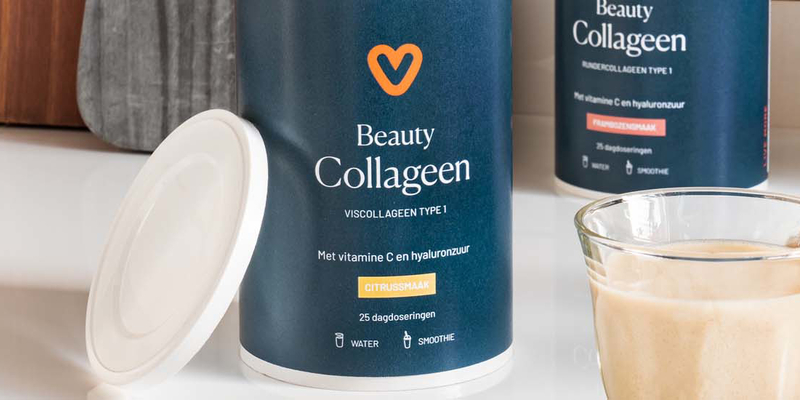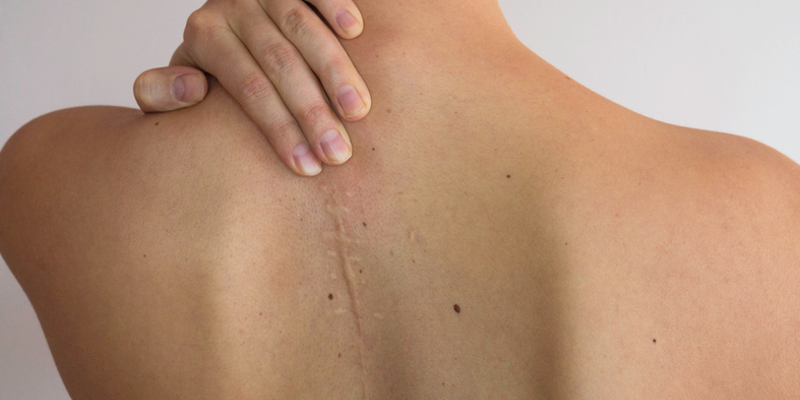
Sunscreen for Your Face or Day Cream with SPF: Which is the Best Choice?
What Does SPF Mean and What Do You Need for Your Face?
Let's start with what SPF actually stands for. An SPF (Sun Protection Factor) in a day cream or sunscreen is the measure that indicates how long someone can stay in the sun without burning at a certain sun strength. In other words, if someone burns after 10 minutes without sun protection, they will burn after 15 x 10 minutes with an SPF 15.
The duration before you burn depends on several factors: including your skin type, the sun's intensity, the time of day, the latitude where you are, and the amount and type of protection you use. Generally, the higher the UVB intensity, the faster you can burn.
Your skin tone plays a role in determining how high the SPF should be to offer optimal protection, so check the SPF before purchasing a product. A fair skin is much more sensitive to UV radiation and will need more protection than darker skin. But regardless of skin colour, it is always wise to apply sunscreen. Even if you have a nice tan, DNA damage can still occur because the pigment in the skin is not always evenly distributed.
The recommendation for fair, sensitive skin is at least SPF 30 throughout the year, while darker skin requires SPF 15 in winter and SPF 30 in summer for sufficient protection.
SPF 50 is advised if you have very fair skin and are highly sensitive to burning. For prolonged sun exposure, especially during peak hours (between 10:00 and 16:00), a sunscreen with SPF 50 provides extra protection.
Which is Better, Day Cream with SPF or Sunscreen?
“A day cream with SPF can adequately protect your skin against UV radiation in winter, but in summer, a facial sunscreen is recommended alongside your daily skincare,” says Dr Jetske Ultee, a research physician in cosmetic dermatology.
The downside of a day cream with SPF is that it cannot include high concentrations of active ingredients like vitamin C or niacinamide, simply because it doesn't fit into one product. And these are precisely the ingredients you need to protect your skin against, for example, skin ageing or pigmentation spots. Additionally, the active ingredients that are included may penetrate the skin less effectively due to the combination with SPF. Using a natural facial sunscreen alongside your day cream gives you the best of both worlds for these reasons alone.
The correct order of applying creams is also very important for optimal skin protection.
Here's how to proceed: first, apply the day cream to cleansed skin, perhaps brush your teeth in between, and then apply the SPF after about 10 minutes. This allows your day care to absorb well into your skin without mixing with the SPF. Apply the facial sunscreen evenly and don't be too sparing, as a thin layer often results in less protection (don't forget your lips!). For the same reason, it's wise to apply foundation 15 minutes after the facial sunscreen to ensure it has dried properly. A foundation with SPF is not recommended because it is applied in a thin layer, offering less protection.
Thinking, help, I really don't have time for all that in the morning, and opting for a quick application of day cream with SPF? No worries, that is also an option if you ensure to reapply every 2 hours. So don't forget to pop your day cream in your bag if you're heading out on sunny days. Have you consciously chosen a day cream with a high SPF so you're well protected with one application for the rest of the day? Unfortunately, that's not how it works.
An SPF 15 protects against 94% of the sun's rays, an SPF 30 against 97%, and an SPF 50 reaches 98%. To maintain this coverage, you need to reapply the day cream with SPF every 2 hours, just like sunscreen. Throughout the day, you lose some protection due to perspiration and because you unknowingly touch your face frequently.
So, your advantage of applying day cream with SPF quickly in the morning and being done for the rest of the day is lost. During the sunny periods of the year, opt for a nourishing day cream with many active ingredients and bring the natural facial sunscreen for extra applications in your bag.
Can You Use Regular Sunscreen for Your Face?
While using regular sunscreen on your face is better than no protection at all, using a specific facial sunscreen can provide a better experience and protection, especially for those with sensitive skin or specific skin issues.
For optimal protection, it is wise to use a facial sunscreen alongside your day cream during sunny months, but there is a significant difference in quality. You can read more about the difference between synthetic and mineral filters in sunscreens in our blog why choose a natural sunscreen. According to research by the Consumentenbond on 19 March 2024, a third of the tested synthetic facial sunscreens provide insufficient protection. Besides being expensive, they are also not sustainable. They advise choosing a less environmentally damaging facial sunscreen.
We support this advice and recommend a natural facial sunscreen alongside a nourishing day cream to ensure your skin is well protected against skin damage. In the past, these mineral filters left a white cast on the skin, but nowadays, brands like Dr. Hauschka, MÁDARA, and Caudalie use natural brown pigments. This makes it pleasant to apply facial sunscreen and gives you a lovely summer glow. We say, let the sun shine.
Good to Know
A day cream with a high SPF must also be applied every 2 hours during sunny periods to provide sufficient protection. A day cream without SPF, combined with a natural facial sunscreen, offers the best protection to optimally nourish and protect your skin.
Sources:
- Consumentenbond via https://www.consumentenbond.nl/zonnebrand/zonnebrand-gezicht
- Radar, Avro Tros via https://radar.avrotros.nl/artikel/biedt-spf-toegevoegd-aan-make-up-of-dagcrme-voldoende-bescherming-tegen-de-zon-50292
- Dr. Jetske Ultee via https://www.dr-jetskeultee.nl/voorlichting-zonbescherming/






